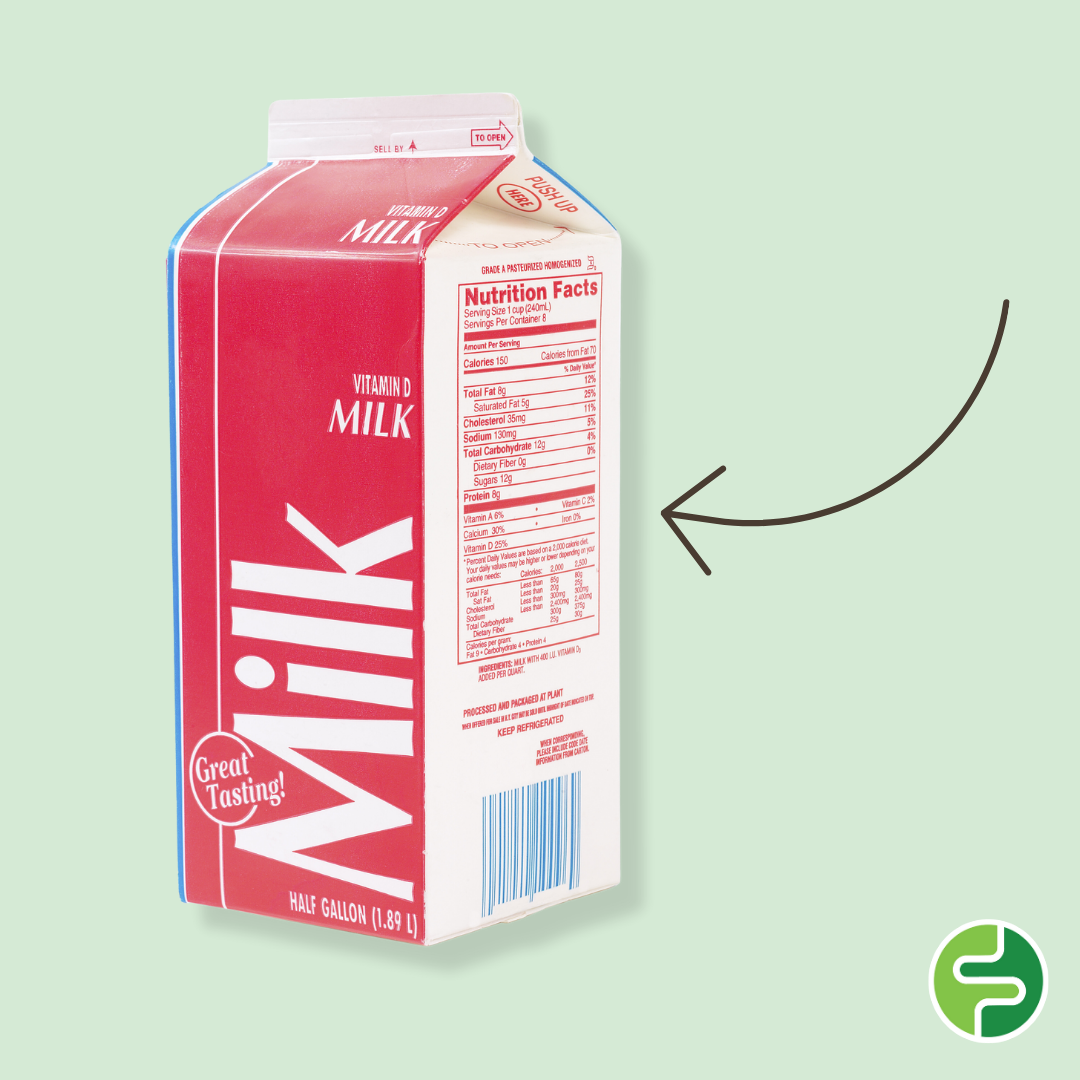Fortifying: added vitamins and minerals
Posted on September 11, 2023

What is fortification?
Fortification relates to the practice of adding or increasing the content of minerals and vitamins into commonly purchased foods to increase their nutritional value and benefits by the food manufacturer or governments. Food fortification is a cost effective strategy to provide health, economic and social benefits to populations. Fortification is an effective way to address micronutrient deficiencies amongst high income countries by adding minerals and vitamins into the most desired food products sold in supermarkets.
Which foods can be fortified and what are they fortified with?
Staple foods such as breakfast cereals, bread, rice, flour, margarine, salt, snack bars, juices, baby formula and dairy products and milk alternatives are commonly fortified to add extra vitamins and minerals to boost their nutrition value. Typically, breads, flour and rolls can be fortified with folic acid and fibre, edible oils and margarines can be fortified with vitamin D. Additionally, milks and cereals are often voluntarily fortified with folic acid, vitamin D, iodine, iron, zinc, calcium, thiamine and omega-3 by choice of manufactures to add additional health benefits and nutritional value to their products. Plant based milks and meat alternatives are commonly fortified with iodine, zinc, iron and vitamin B12 as people following a vegan or vegetarian diet often lack these nutrients.
This can be especially helpful when following the low FODMAP diet. Sometimes, if suitable low FODMAP replacements aren’t found then, some nutrients may be missed.
For example, during the elimination phase of the low FODMAP diet, lactose needs to be eliminated which means swapping regular milk and yoghurt for lactose free or plant based options. When choosing plant based milk and yoghurt, it’s always best to opt for fortified versions that have added calcium to ensure you’re still getting enough calcium.
Again, this is why it’s important to work with a trained dietitian while following the low FODMAP diet.

Can you tell if something has been fortified?
The packaging of fortified food products will often promote this on the front packaging showing the product has had one or more vitamins or minerals added during the manufacturing process. For example, ‘calcium fortified milk’ can have a front packaging label stating this which is easy to identify. You can also look on the back of the packaging ingredient list where it will state the vitamins and minerals that were added if it has been through the fortification process.

Summary
The term fortification refers to the addition of vitamins and minerals during the manufacturing process which in turn, will increase the nutritional value and benefits of a food product. Commonly fortified foods in western countries include breakfast cereals, bread, rice, flour, margarine, salt, snack bars, juices, baby formula and dairy products and milk alternatives.
To spot fortified products, look for packaging that says ‘added…’ or ‘fortified with…’ or look on the ingredient list on the back of the package to identify which vitamins and minerals have specifically been added.
If you’re looking for specific vitamins or minerals, it’s always best to consult a dietitian for individualised support.
You can use the “Expert Dietitians” tab on our FREE app to find a dietitian near you
Download here:
Apple Store: https://apps.apple.com/au/app/fodmap-friendly/id102019537
Google Play: https://play.google.com/store/apps/details?id=com.foodmap&hl=en







